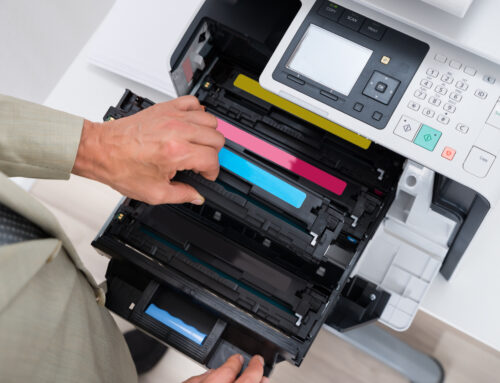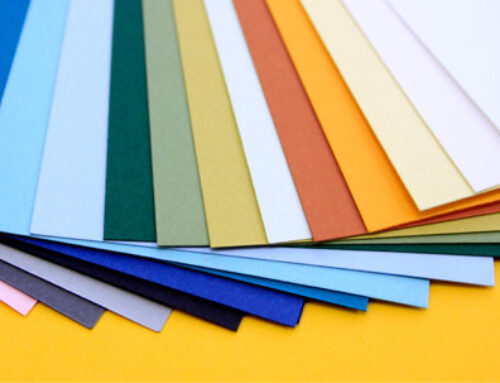What Is Toner Made Of
Your printer uses toner to generate words or images onto paper. The material is stored inside cartridges and consists of several substances. This article will list the ingredients of printer toner.
Resin
Printer manufacturers rely on different types of resin, depending on the design of the machine. The resin plays a pivotal role – binding the toner to your paper or other materials to create permanent images. The printer normally does this by choosing a resin that melts at a particular temperature after applying heat. It can also be stamped onto the paper using high pressure (without any additional heat).
Colorants
Carbon black is one of the most common colorants for xerographic (dry) toner. Most providers have a wide array of blacks with different properties. For instance, they may have varying levels of acidity and strength. Furthermore, carbon blacks are generally dispersed in resins due to heat.
In addition to carbon blacks, companies can use some other materials to create black toner. Magnetite is a great choice. It works great as a traditional pigment because it has certain chemical properties that eliminate the need for other colorants.
Charge Control Additives
As the name suggests, a charge control additive is added to the toner after the pigment that blends with the resin doesn’t provide the desired charge rate or level. This can happen in both negative and positive charging applications.
Surface Additives
Titanias and silicas are two of the most common surface additives. There are numerous benefits of adding them to your toner mixture. Primarily, they generally improve the flow of the toner and facilitate smoother printing.
Here are a few other advantages of surface additives:
- Lowering the bond between photoreceptor surfaces and toner to improve the toner’s transfer to paper
- Making the charge of the carrier and toner mixture more stable
- Optimizing gloss control
Other Additives
Toner typically needs other additives to further enhance its properties and improve user experience. They can be incorporated into various parts of the printer, such as the fuser rolls. These components usually need silicone oil or other additives to keep toner from sticking to the roll surface.
This design solution simplifies the design of the printer and reduces hardware maintenance. It makes the machine more cost-efficient and eliminates the need to handle hot fuser oil.
There are many ways to replicate the role of silicone oil with other substances. For example, some manufacturers integrate lightweight polypropylene or polyethylene wax inside the toner. It flows consistently at high temperatures and works just as well as silicone oil.
On top of that, brands can carry out partial resin cross-linking in toner to prevent adhesion with fuser rolls. This is commonly used in devices with color toner.
Check Out High-Quality Toner From Copylite
Understanding the composition of toner is important. Brands that integrate the above substances in their machines follow the highest industry standards, and their devices are less likely to malfunction.
If you’re looking for a surefire way to enhance your printers with top-rated toner cartridges, get in touch with Copylite. We have a host of OEM and aftermarket cartridges to elevate your print quality and help improve productivity.






